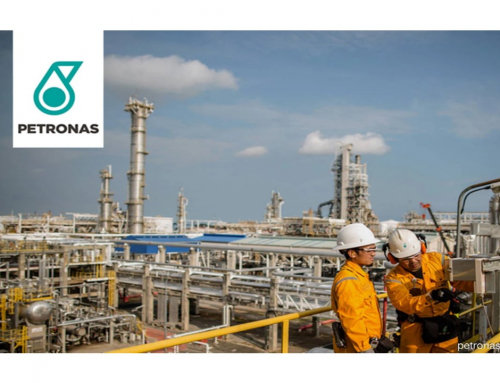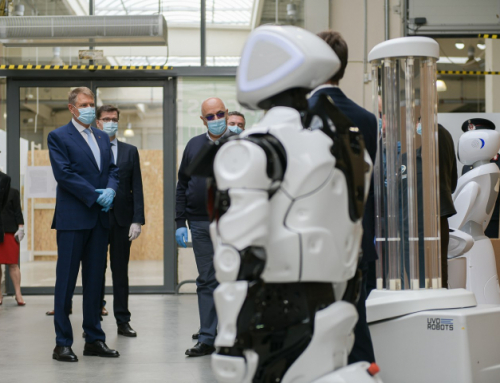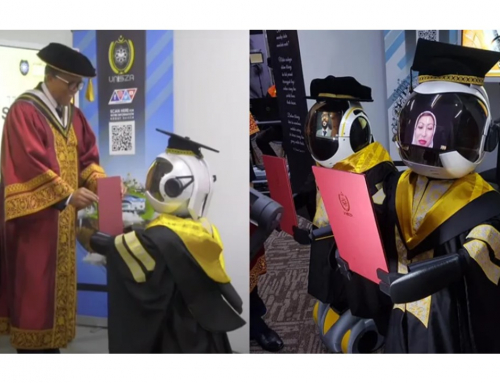
How technology can help put food on the table.
IF agriculture is to continue feeding us it needs to become smart. But first, we need to figure out a “smart” way to entice the millennials into farming.
Market data indicate that the average age of Malaysian farmers to be 50 years. What’s worse, many are in the Bottom 40 group (B40) and not technology savvy.
Some may even be averse to technology. Further complicating this is the migration of millennials to urban areas to eke out a living. Malaysian farms are in urgent need of young hands and technology.
There is, however, some good news. The Agriculture and Agro-based Industry Ministry (MOA) recently announced that it will offer practical training to millennials to help grow the sector by making agriculture attractive to second generation farmers.
Currently, the sector employs 1.5 million workers, of whom 492,000 are foreigners. In 2018, the agriculture sector contributed 7.3 per cent or RM99.5 billion to the country’s gross domestic product (GDP).
There is another factor to consider. Malaysia’s food import bill, too, is growing steadily. In 2018, it stood at more than RM50 billion.
As former finance minister Tun Dr Daim Zainuddin told the New Straits Times on Friday, this figure could be reduced significantly if more people, especially the youth, get involved in the agricultural sector.
Technology, too, needs a boost. A farmer always comes face to face with the vagaries of variables. Add climate change to them and you get the complexity of calculus gone crazy.
There is the soil’s pH value, weather, pests and other permutations to consider. Not to mention natural disasters. Reduced to the simplest formula, agriculture is all about getting the land to produce the highest yield.
Productivity is profit. Here is where the farmer can get smart. If our best practices of the past were all about approximation, today it is precision agriculture through technology. Where to till, when to sow and how to harvest.
There is an app for everything. Well, almost. To measure moisture in the soil, what nutrients and how much of them the crops need.
There are apps, too, to signal to the farmer if he missed sowing a patch or two. Drones and other devices alert him of rodents and other pests.
All this information is relayed to his mobile phone for instant access. Farming was never easier.
Take the case of foodstuff production. According to the Institute of Mechanical Engineers’ study published by the Guardian, growing foodstuffs requires quite a bit of water.
Rice, for instance, requires 2,500 litres of water to produce 1kg of it. Other common foodstuffs require less, but still place demand on this scarce resource: banana 790 litres per kg, potatoes 297 litres per kg, cabbage 237 litres per kg and tomatoes 214 litres per kg. Smart sensors and apps can reduce this substantially.
Sadly, the average Malaysian farmer doesn’t have the means to go smart. MOA’s learning support for second generation farmers is a good beginning. Banks and financial institutions can help, too, by offering financing at competitive rates as Agrobank does.
Only thus mass adoption of smart technology can be made to happen. As we are pushing Industrial Revolution 4.0 for adoption in the Malaysian ecosystem generally, the sector that will keep us fed must not be forgotten. Because technology is the future of agriculture.
Source: https://www.nst.com.my/opinion/leaders/2020/01/556244/nst-leader-future-agriculture






